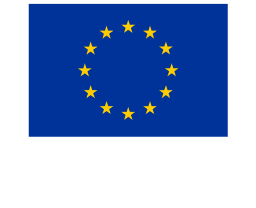Territorial integrity
4.98-0.09
Refers to the degree to which states are able to control their territory and infrastructure against organized criminal activities, including border control personnel capacity.
A country’s physical location and geography may increase the risk of exploitation by organized criminal groups. As lengthy borders are less likely to be regulated, criminals are more likely to take advantage of the vast expanse by smuggling illicit commodities and people unnoticed. Moreover, the level of a state’s economic engagement internationally, marked by things such as its port and airport infrastructure, can increase the feasibility with which to move goods and people (both legitimately and illegally) between countries.
As such, the greater resources and structures put in place by states to manage their territorial integrity against organized crime, the higher its resilience.





